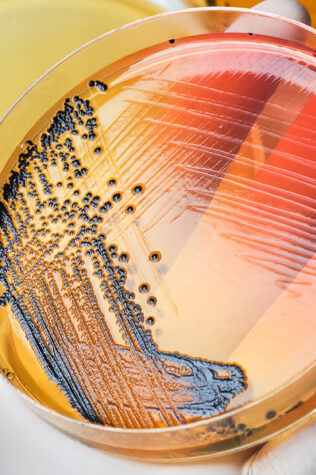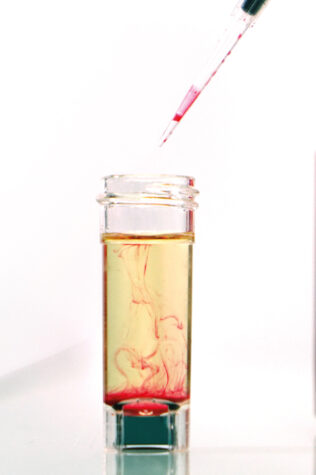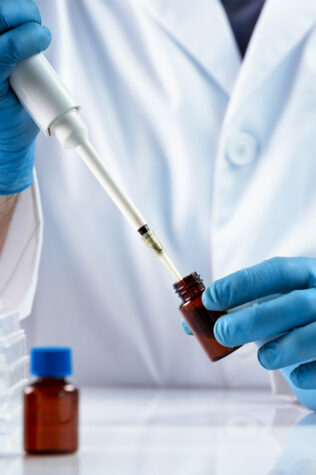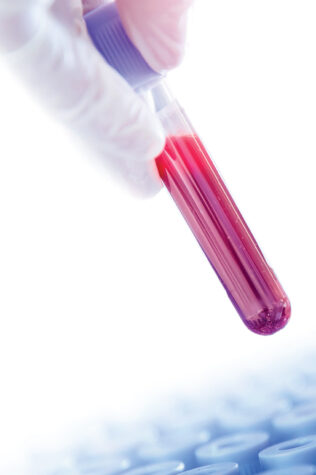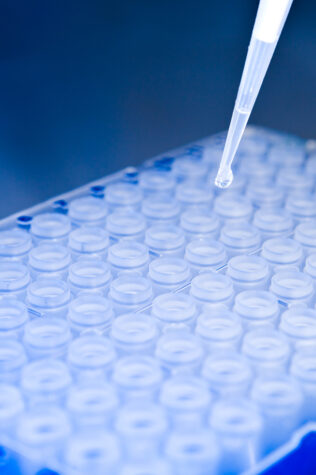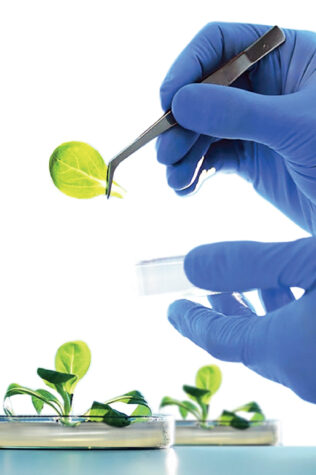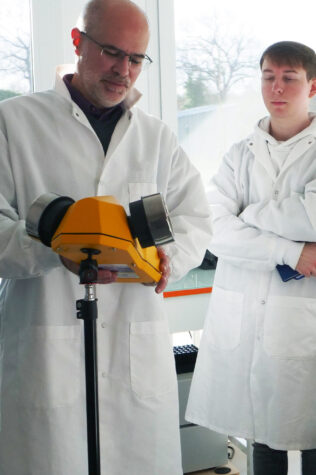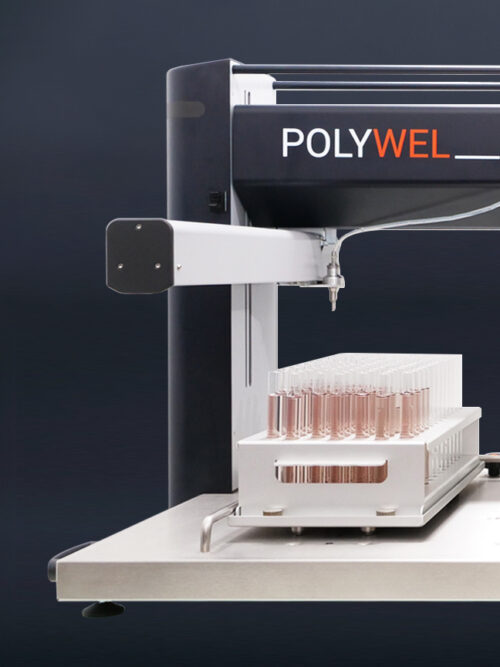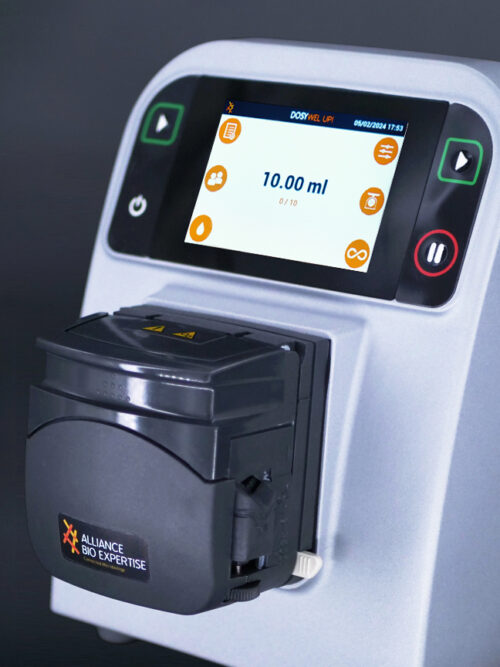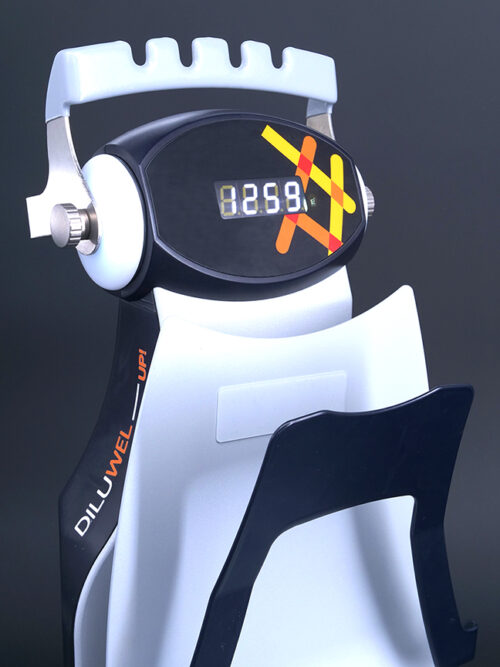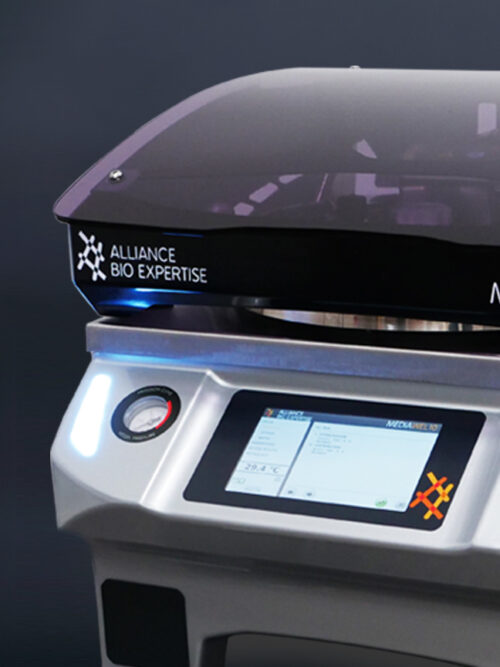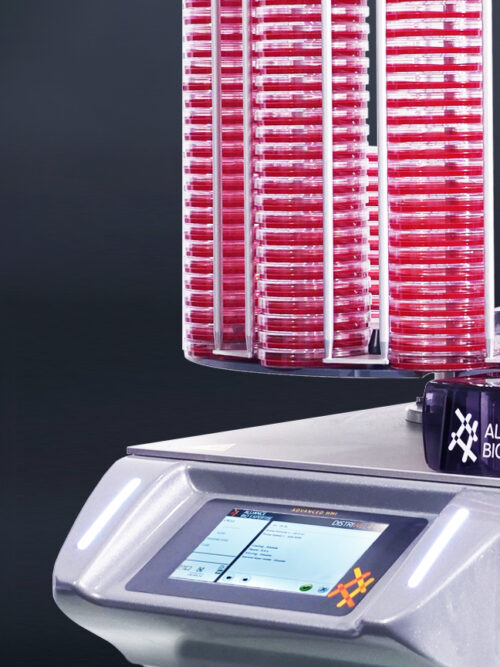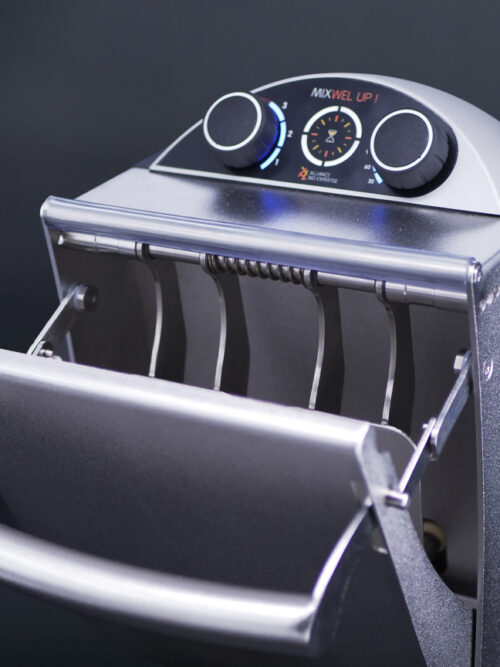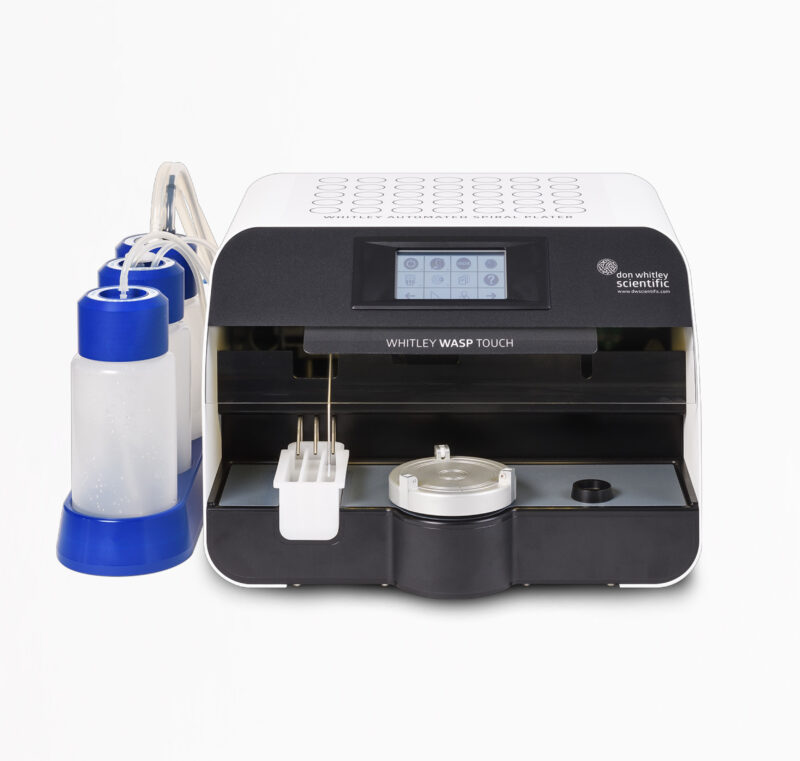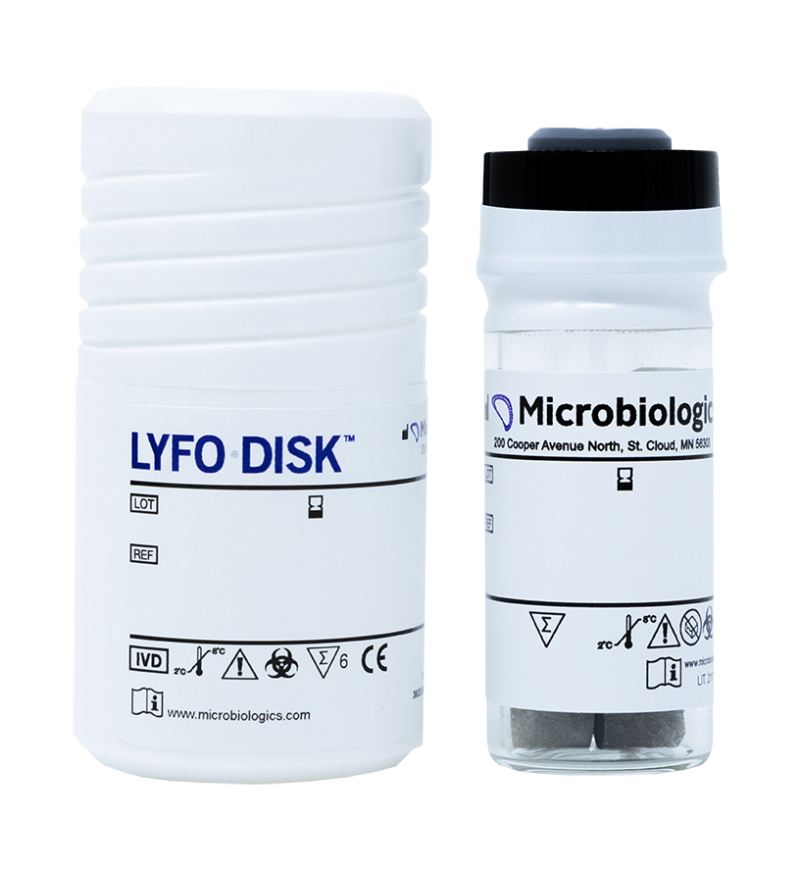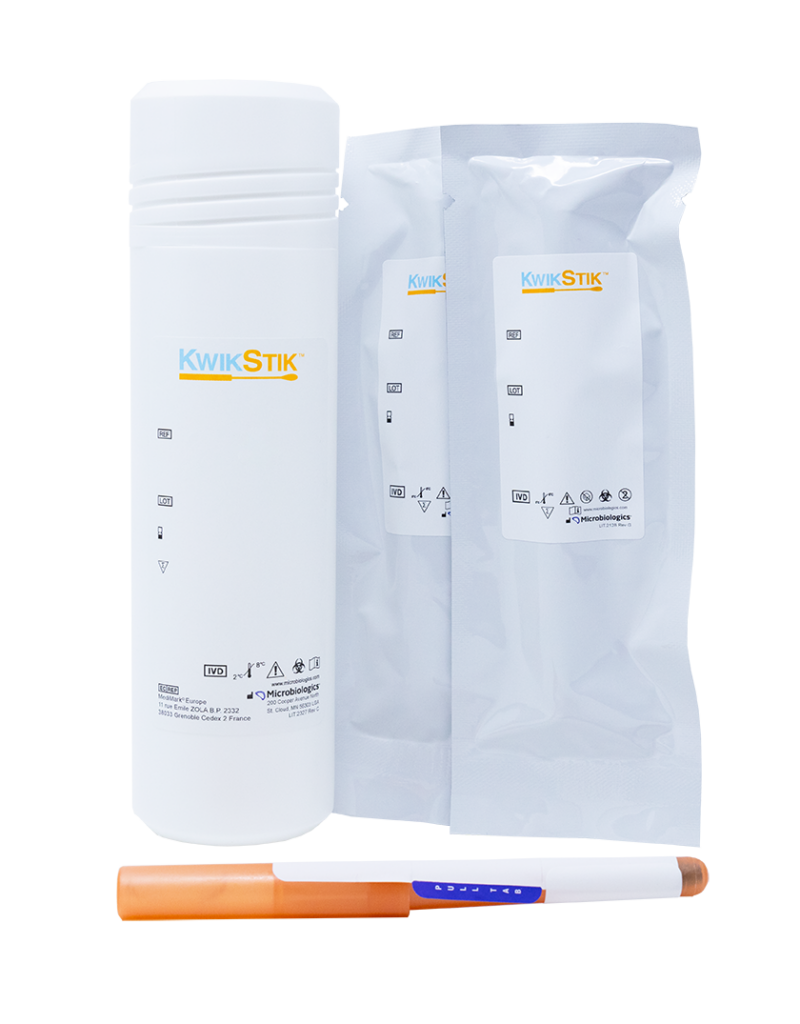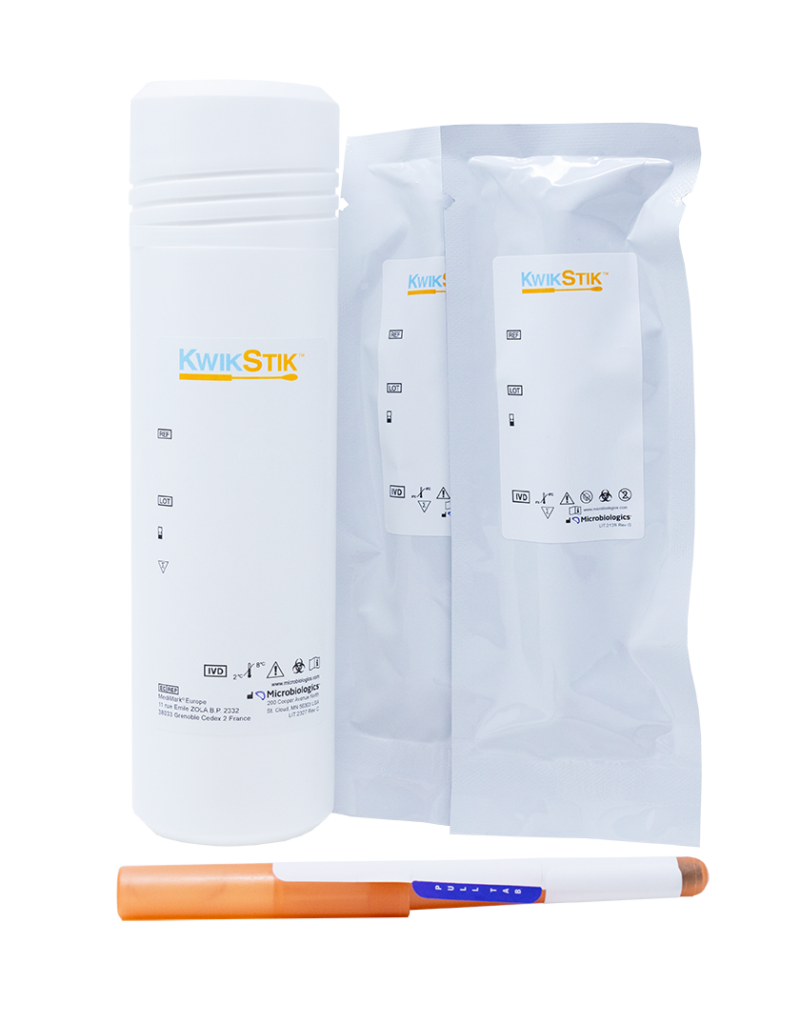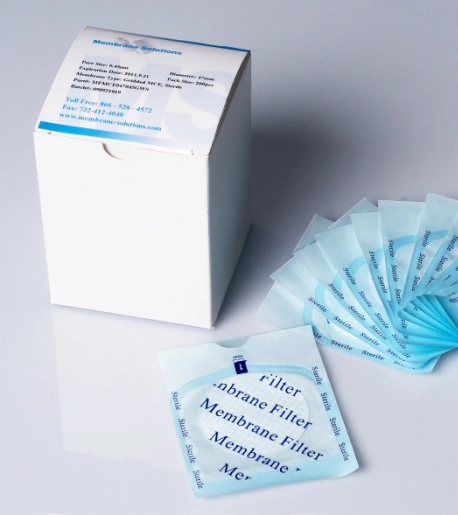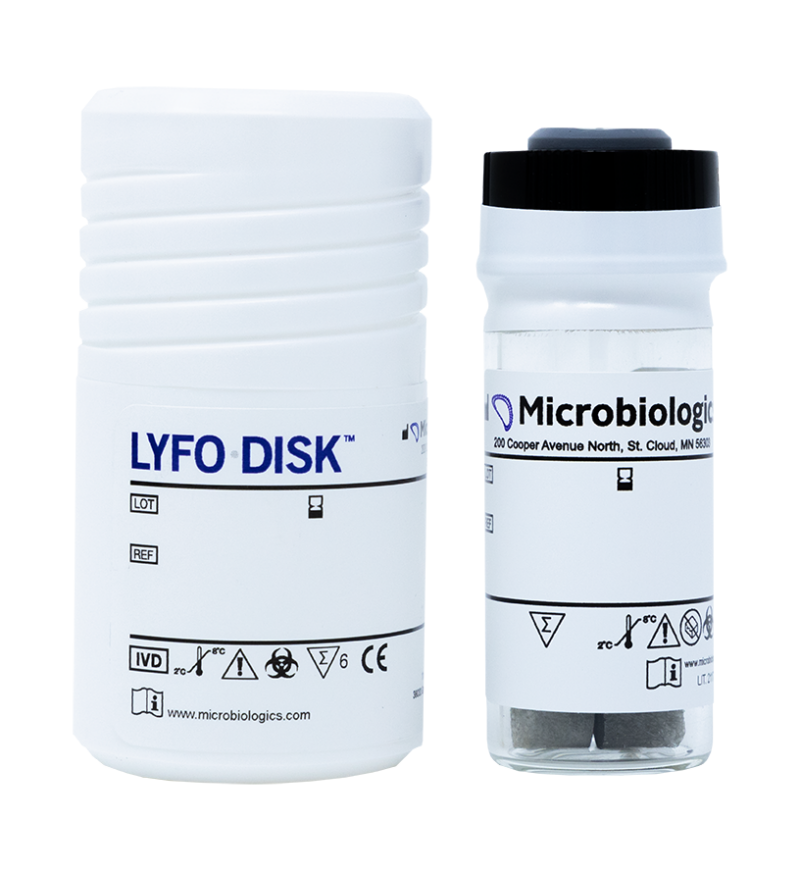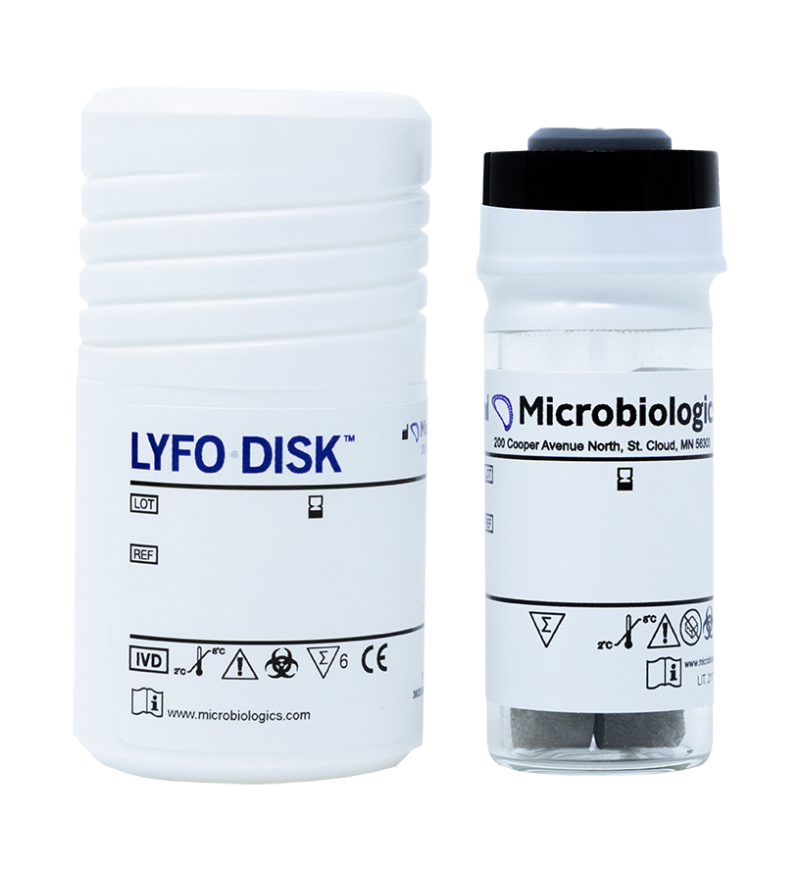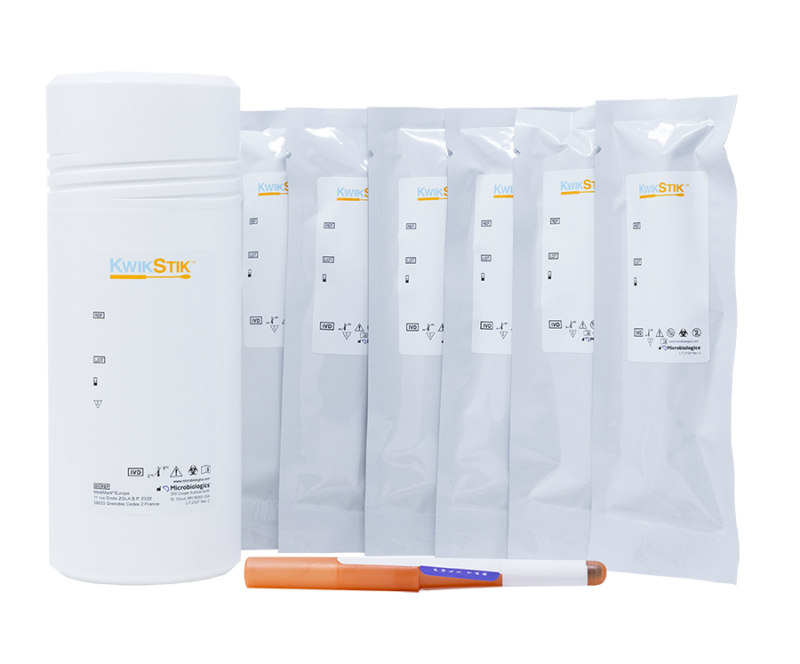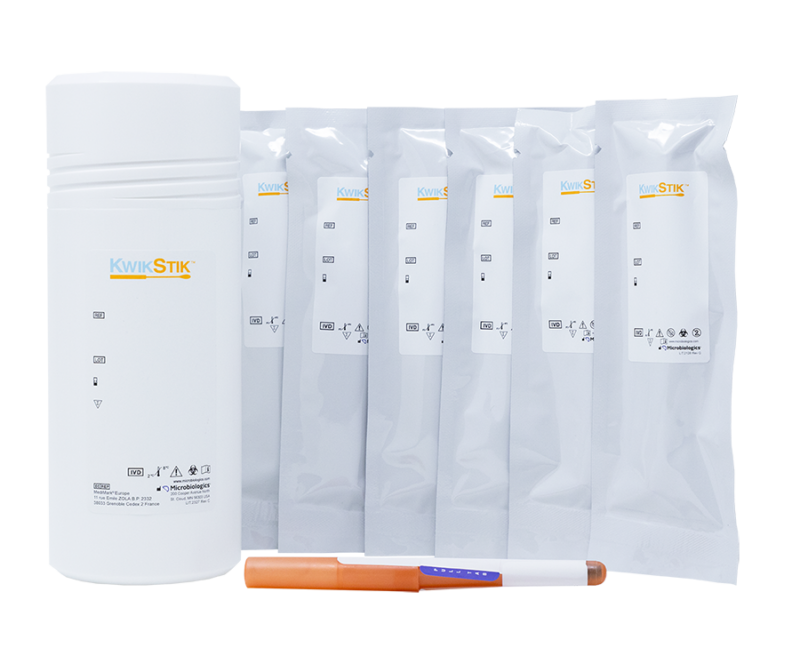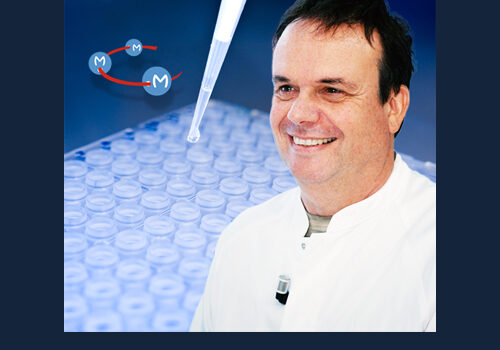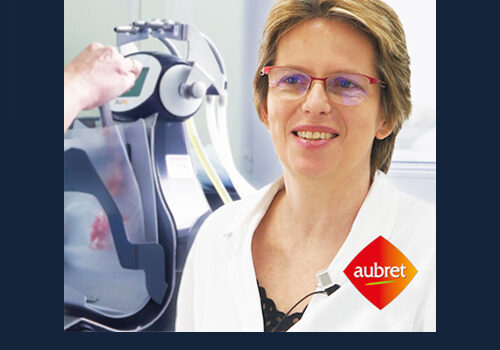Experts en microbiologie
Depuis plus de 10 ans, Alliance Bio Expertise conçoit et propose des équipements destinés à automatiser et améliorer les processus en microbiologie. Nos solutions garantissent qualité, fiabilité et performances optimales pour répondre aux exigences des laboratoires. Avec une traçabilité rigoureuse et une conformité aux standards les plus exigeants, notre but est d’aider les laboratoires à respecter les normes réglementaires tout en assurant la fiabilité et la qualité de leurs analyses.

Des réactifs de qualité
Nous proposons également une gamme complète de réactifs et consommables rigoureusement sélectionnés pour accompagner vos analyses microbiologiques. Chaque produit est choisi selon des critères stricts de performance, de fiabilité et de conformité, garantissant ainsi une entière compatibilité avec vos protocoles en laboratoire. Qu’il s’agisse de milieux de culture haut de gamme ou de souches de contrôle, notre offre vous permet de maîtriser parfaitement chaque étape de votre chaîne analytique.
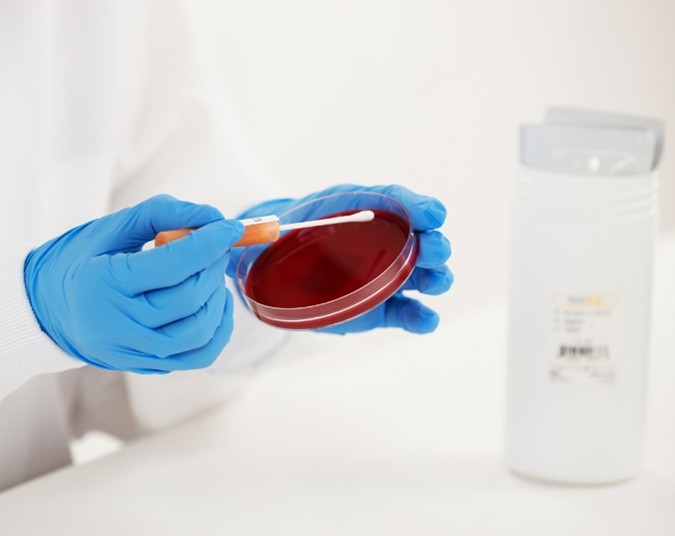
Un réseau mondial
Nous sommes fiers d’être présents à travers un réseau solide de partenaires expérimentés dans plus de 90 pays. Cette implantation internationale nous permet d’assurer un accompagnement personnalisé et une disponibilité locale pour nos clients, quel que soit leur secteur d’activité. Grâce à cette proximité, nous garantissons une intégration fluide de nos équipements, un service après-vente réactif, ainsi qu’une formation adaptée aux besoins spécifiques de chaque équipe, partout dans le monde.

La robustesse Made in France
Chez Alliance Bio Expertise, nous développons des appareils à la fois performants et durables, assurant fiabilité, qualité et traçabilité pour vos analyses microbiologiques.
Des automates pensés pour optimiser vos analyses
À travers ses partenariats de confiance, Alliance Bio Expertise a sélectionné pour vous des équipements innovants, pour relever vos défis du quotidien au laboratoire de microbiologie.
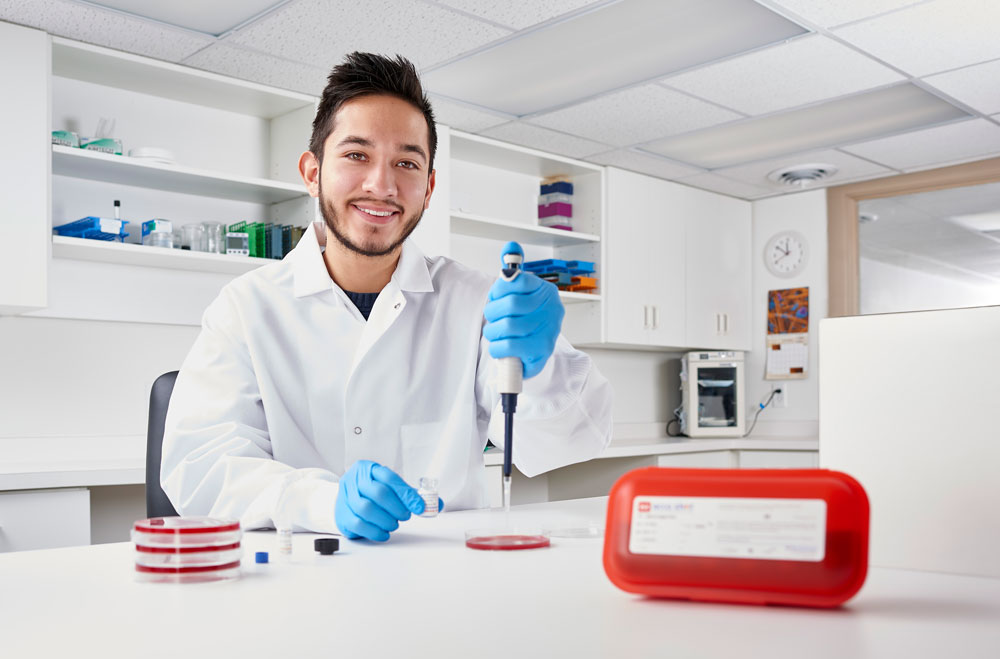
5% de réduction sur la gamme des souches
Offre unique, valable après votre inscription, avec le code promo NEW-ABE
Nos réactifs, consommables et accessoires
Des réactifs et consommables de haute qualité, conçus pour optimiser vos recherches !
Nous vous accompagnons
dans toutes vos étapes
Nous vous accompagnons à chaque étape, offrant un soutien expert et personnalisé pour garantir votre succès continu.
MAINTENANCE
Alliance Bio Expertise s’engage à vous offrir un accompagnement durable dans vos projets en microbiologie. Avec des équipements fabriqués en France et des techniciens présents sur tout le territoire, vous avez l’assurance d’un service local et performant.
ABE LIVE
Nous mettons à votre disposition un véritable studio vidéo multi-caméras, spécialement conçu pour répondre aux besoins des professionnels du laboratoire de microbiologie. Ce Lab’Studio, équipé de plusieurs paillasses de laboratoire et d’un matériel audiovisuel de pointe, vous offre la possibilité d’assister à des démonstrations privées, en direct, où que vous soyez.
FORMATION
Nos formations sont conçues pour garantir une prise en main efficace et sécurisée de nos solutions. Nous pouvons intervenir directement sur site, au sein de votre laboratoire, ou vous accueillir dans nos locaux, afin de former vos collaborateurs dans des conditions identiques à leur environnement de travail habituel.
INSTALLATION
Notre équipe peut vous accompagner de l’installation, jusqu’à la mise en service de vos équipements. Dans tous les cas, nous nous engageons à ce que nos clients soient dans les meilleures conditions pour utiliser leurs nouveaux équipements.
Ils nous font confiance ! Alliance Bio Expertise, partenaire de tous les laboratoires.

Ne manquez aucune de nos vidéos sur la microbiologie
Abonnez-vous à notre chaîne YouTube :


